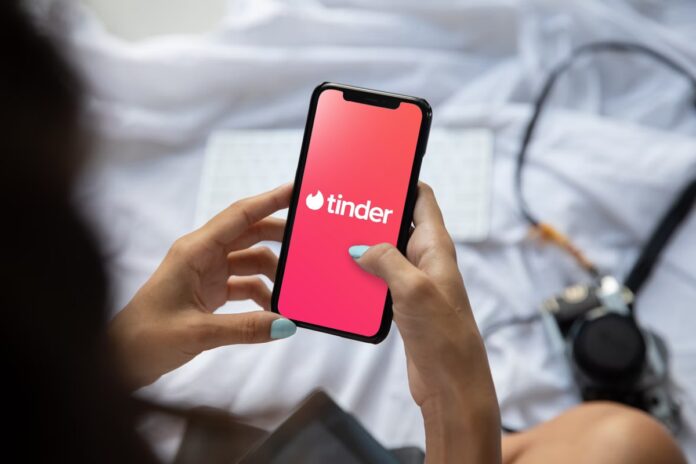Dating app Tinder is implementing artificial intelligence (AI) to analyze users’ photos, aiming to create more compatible matches and combat user fatigue – a growing trend in the online dating world. This move, part of Tinder’s broader strategy leading up to 2026, involves a new “Chemistry” feature that requires users to opt-in and grant AI access to their photo libraries.
How the AI Works
The “Chemistry” feature will utilize AI to scrutinize users’ photos, gleaning insights into their personality and interests. By understanding these aspects, Tinder hopes to present users with a more curated selection of potential matches they are truly likely to be interested in. It’s a response to the swiping fatigue many users experience – the feeling of endless scrolling through profiles without finding meaningful connections.
Addressing User Fatigue and Boosting Matches
Swiping fatigue is a significant issue for dating apps, as users become overwhelmed and less engaged when they face a constant stream of profiles. This new AI feature is designed to alleviate this by allowing Tinder to show users fewer profiles that are less compatible with their interests. The goal is a higher-quality matching experience that encourages more meaningful interactions.
Bigger Picture: Tinder’s Struggle and Match Group’s Performance
This announcement comes amidst challenging times for Tinder and its parent company, Match Group. The company’s latest results revealed a 7% decrease in Tinder paying users compared to the previous year – a continuation of a two-year decline in subscribers. Match Group also reported a $14 million loss due to testing new features on Tinder, highlighting the substantial investment required to revitalize the platform.
The development reflects the broader trend in the dating app industry where companies are willing to invest heavily in new technologies to combat declining engagement.
Success Stories in the Match Group Portfolio
While Tinder struggles, other dating apps within the Match Group portfolio, like Hinge, have proven more resilient in combating user fatigue. This success underscores that different approaches are needed to resonate with varying user preferences and demographics. Overall, despite Tinder’s struggles, Match Group managed a slight revenue increase of 2% in the latest quarter, demonstrating the continued demand for online dating services.
The shift towards AI-powered matching signifies a pivotal moment for Tinder, as it seeks to adapt to evolving user expectations and regain its position as a leading force in the dating app market.







































